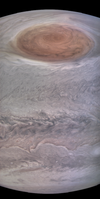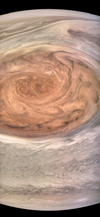Check out the closest ever view of Jupiter’s Great Red Spot
Looking into a massive storm.
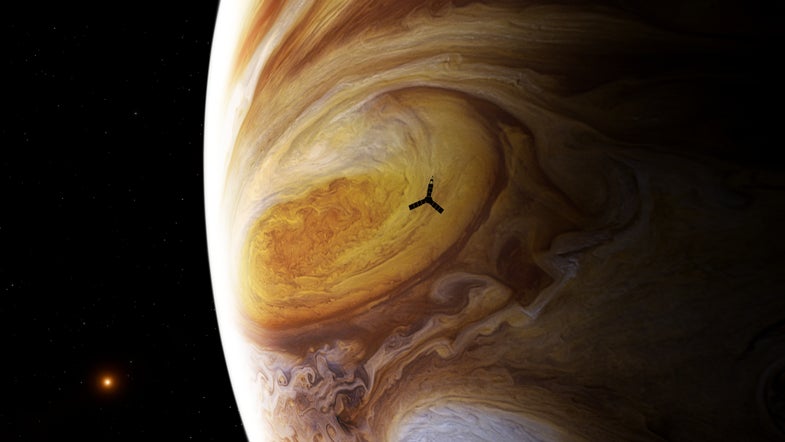
This week, NASA’s Juno spacecraft got an up-close look at that planet’s most iconic feature: the Great Red Spot.
The spot is a storm 10,000 miles across—large enough to fit 1.3 Earths inside its whirling maelstrom. Astronomers have monitored the storm’s fluctuations since about 1830, but suspect it may have been raging for at least 350 years.
Juno’s view from 5,600 miles above the cloud tops is the closest look that researchers have ever gotten of the massive storm. More pictures and data will be made available in the coming days, but NASA released a few as a celestial sneak peak.
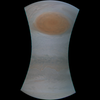
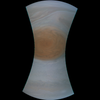
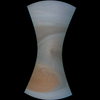
Juno’s camera, JUNOCAM offers amateur astronomers a chance to be involved in the mission. By uploading Earth-based images of Jupiter to the website, astronomers around the world can point out features that they’d like Juno to take a closer look at over the course of her mission. Professional astronomers are also training their telescopes on Jupiter to help gather data for the mission.
Juno launched in 2011, and arrived at Jupiter in July of 2016. NASA researchers finally started getting results from the spacecraft in May of 2017. The spacecraft’s mission is to learn more about the oldest, largest planet in our solar system. Scientists will gather more data about its magnetic fields, atmosphere, and interior, and hopefully glean new insights into its formation.
While the camera images of the Great Red Spot are exciting, planetary scientists are also eagerly awaiting the return of data from Juno’s seven other instruments, which will hopefully offer more information about the nature of the storm, with winds in excess of 400 miles per hour.
The images NASA initially released today are the raw images but people are already hard at work processing the images. NASA software engineer Kevin Gill processed the following gorgeous images which really give you a sense of the massive scale of the storm.
